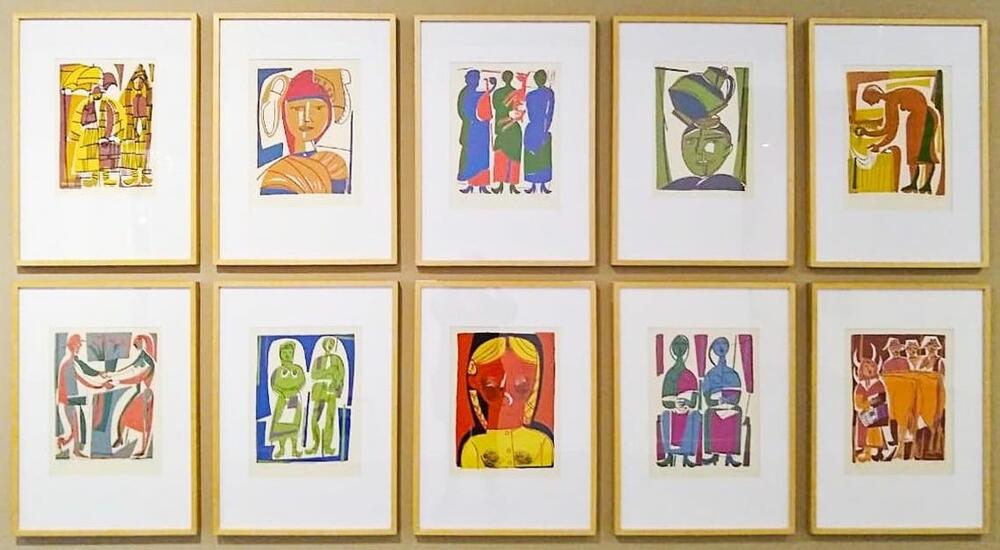THE GRAPHIC ARTS FROM A PLURAL AND EXPANDED PERSPECTIVE
Creating a dialogue between heritage/historical collections and contemporary productions is a lucid strategy not only to make these collections visible, many times relegated to art deposits, but also to review certain genealogies of art history and to update and refresh their narratives that not infrequently have been built around disciplines and dogmatic categorizations.

Under the curatorship of Silvia Dolinko and Cristina Blanco, “Transformaciones. La gráfica en desborde” (Transformations. The overflowing graphics) starts from an expanded notion of what we could consider “graphic arts” to account for the various transformations - material, iconographic, social and political - that the printed image has undergone from the beginning of the 20th century to the present day.
From the title itself, the curators' proposal aims to point out the power and versatility of graphics and the way in which this practice has promoted and accompanied both artistic and experimental processes as well as political and social conjunctures. Inaugurated at the Casa Nacional del Bicentenario -new headquarters of the Museo de Grabado - the exhibition brings together 40 works by contemporary artists and groups in dialogue with 70 works from the museum's heritage. Directed in its new management by Cristina Blanco, the museum seeks to activate and make visible its important heritage, made up of more than 8000 works. "Historical engraving as a multiple work has a vocation for intervention, and we are interested in thinking that contemporary graphics amplifies this notion," says Silvia Dolinko, PhD in Art History and researcher at Conicet, who has specialized in Argentine graphic art production from sixties.
Thus, the exhibition brings together works by historical engravers such as Adolfo Bellocq, Guillermo Facio Hebequer, graphic pieces by León Ferrari, Juan Carlos Romero and Rosario Mele Bruniard, and experimental works such as those made by the New York Graphic Workshop in the sixties, integrated by Liliana Porter, Luis Camnitzer and José Guillermo Castillo.
But, undoubtedly, the potential disruption of graphic arts is evidenced in the practice of contemporary collectives and activisms such as Grupo de Arte Callejero (GAC), Iconoclasistas, Identidad Marrón and Nosotras Proponemos. The selection of works, which includes woodcuts, lithographs, serigraphs, posters, publications, stamps, stickers, projections, among other expressions of individual and collective authorship graphics, reflects the way in which this practice has conveyed critical and experimental discourses and highlights how the printed image becomes particularly effective to win the street, looking for new ways of operating in the social from the actual social space.




